The woodworking machinery room at McKinley Junior High was full of dull-green, heavy iron equipment, but what I remember most was the enormous planer. It must have stood what seemed to me, six feet tall, with its own coal-fired powerplant stoked by tiny, but robust men wearing nothing but loincloths, soaked in sweat and marinating in black grime. When Mr. Dickey fired it up I saw the dwarven men grasp the giant handles of the gear cogs and turn the works, first very slowly to overcome the inertia of the massive iron, then gradually increase until the beast was ready to consume. The floor shook, my chest quaked, and I wondered how many bad students the machine had eaten in the last 50 years. And when the board my father had sent me to school with that morning emerged smooth from the opposite side, I couldn't wait to see the machine run again.
Over the past month I've been working on my own green beast of a planer. A Northfield #2 single surfacer. This machine came out of the same high school vocational education program as the 12" Northfield Medium jointer that I restored a few years ago. That was a gem of a machine, and I miss using it. But it went to a good home. A group of friends helped move that machine into Chris Schwarz's Lost Art Press shop. It's almost as satisfying knowing Chris is using it as myself. Almost.
I was planning to sell this machine as-is, but I just couldn't resist taking it to a finer level. I have a soft spot for these machines, and the nostalgia and satisfaction that comes from a solid restoration.
When I picked up this machine from the high school in Minneapolis where it was originally purchased I drove through Northfield, Minnesota (the home of Northfield Machinery) on my way back home. I asked Jeff Machacek to take a look at the machines. Jeff is the brains behind Northfield, and knows every nut and bolt on every machine the company has produced since the early part of the 20th century. He grew up in the plant, watching workers pour foundations down to solid bedrock for some of the heavier machine tools at Northfield.

I asked Jeff to take a look at this planer since it has the optional (and more expensive) segmented rubber infeed roller (a big plus for taking light final passes.) I wasn't sure how much wear was acceptable, but Jeff gave it the okay. He also gave the thumbs up to the cutterhead bearings. So I didn't replace those parts. It's not everyday you get to have Jeff inspect your machine, in person, for free. It's just the kind of guy Jeff is. I've bought a few parts from Northfield over the years, and Jeff does his best to talk me out of buying most parts. So when I can, I support Northfield, even though many of their parts are quite expensive. I think it means a lot to them to see folks bringing old machines back to life. Really, these machines are built to last many generations. With proper use and lubrication, this planer could still be cutting wood well into the next century and beyond.
To get the machine to the state its in now, here's what I did:
- Disassembly of the multi-gear drive mechanism, motor and variable speed mechanism, thorough cleaning, degrease, re-lube and re-grease.
- Fabricated a new design chipbreaker of steel. This 1957 machine had the
old design made of brass with segmented spring steel tabs, and some were worn beyond repair. Jeff said that was not the greatest design, so I
made a new one based on Northfield's current #2 chipbreaker.
- Disassembled the direct-drive motor, cleaned the rotor and stator, remove dust from windings.
- Cleaned, polished and stoned the beds, outfeed roller and bed rollers to remove any burrs.
- Disassembled the starter, cleaned and polished the contactor points.
- Wired up a new Furnas Nema 1 start/stop station. (The planer came from the school with one those enormous stop-sign-style floor-mounted control stations. I wasn't going to have any of that.)
- Complete removal, cleaning, and restoration of the bed height adjustment mechanism.
- Cleaned and lubed bed raising screws.
- Relube of all ways and new grease added to zerk points.
- Degrease, clean, lacquer wipe down, spot prime and top coat all painted components.
- Adjusted bed parallel to cutterhead within .001"
- Installed a new set of knives.
- Adjusted all feed and cutterhead components to factory standards.
- Reapplication of safety stickers provided by Northfield.
- Installed two new Northfield badges
- New owner's manual from Northfield.
- Northfield shavings hood with 6" connection
Machine Specs:
- Nom. Capacity: 18" x 8"
- Three-knife cutterhead with high speed steel knives from Wisconsin Knife Works
- Minimum stock thickness 1/8"
- Max stock thickness: 8"
- Direct drive cutterhead (no belts involved). Motor specs: 5hp, 3Phase, 220/440V, 60 Hz.
- Feed motor (separate motor powers the feed rollers) 1/2 hp, variable speed, 20 to 50 lineal feet per minute
- Furnas Magnetic controls, push button start/stop station
- Floor space: 55" x 36"
- Weight: 1600 lbs.
I should say that I'm not in the machinery restoration business. This is a superfluous machine in my shop at the moment. I simply restored this one so I could offer it with a clear conscience. Who ever liked being on the buying side of an "as-is" deal? I've been there with nearly every machine I purchased. If I can eliminate that aspect with this one, all the better. I've restored a few machines over the years, and I can say that I'd be thrilled to have this machine in my shop. If you're pricing out similar machines, you likely won't find them. You can buy a slightly larger planer from ursus horribilis, pay more, contribute to the decline of American woodworking, and still wonder where the extra 600 pounds went. Mentioning the price of a new Northfield would just be silly, but if that interests you, take a peek. One thing you'll find is that Northfield hasn't changed this machine in decades. There's a reason for that. Simple machines that are finely adjustable, and hold their settings. I don't like to fuss with my machines, and so far every Northfield I've set up has been dead on ever since. Nothing interrupts my workflow in the shop like having to fix or adjust a finicky machine.
I should add that Byrd tool has made Shelix heads for these machines. They are not cheap. However, given the price of a comparable (Asian) machine, the price is quite reasonable.
Also, if you're afraid of 3-phase power, don't be. It's quite easily attainable. I can help.
Price is $3200. If you're interested in the planer, drop me a line at
jameel@benchcrafted.com
Update: SOLD

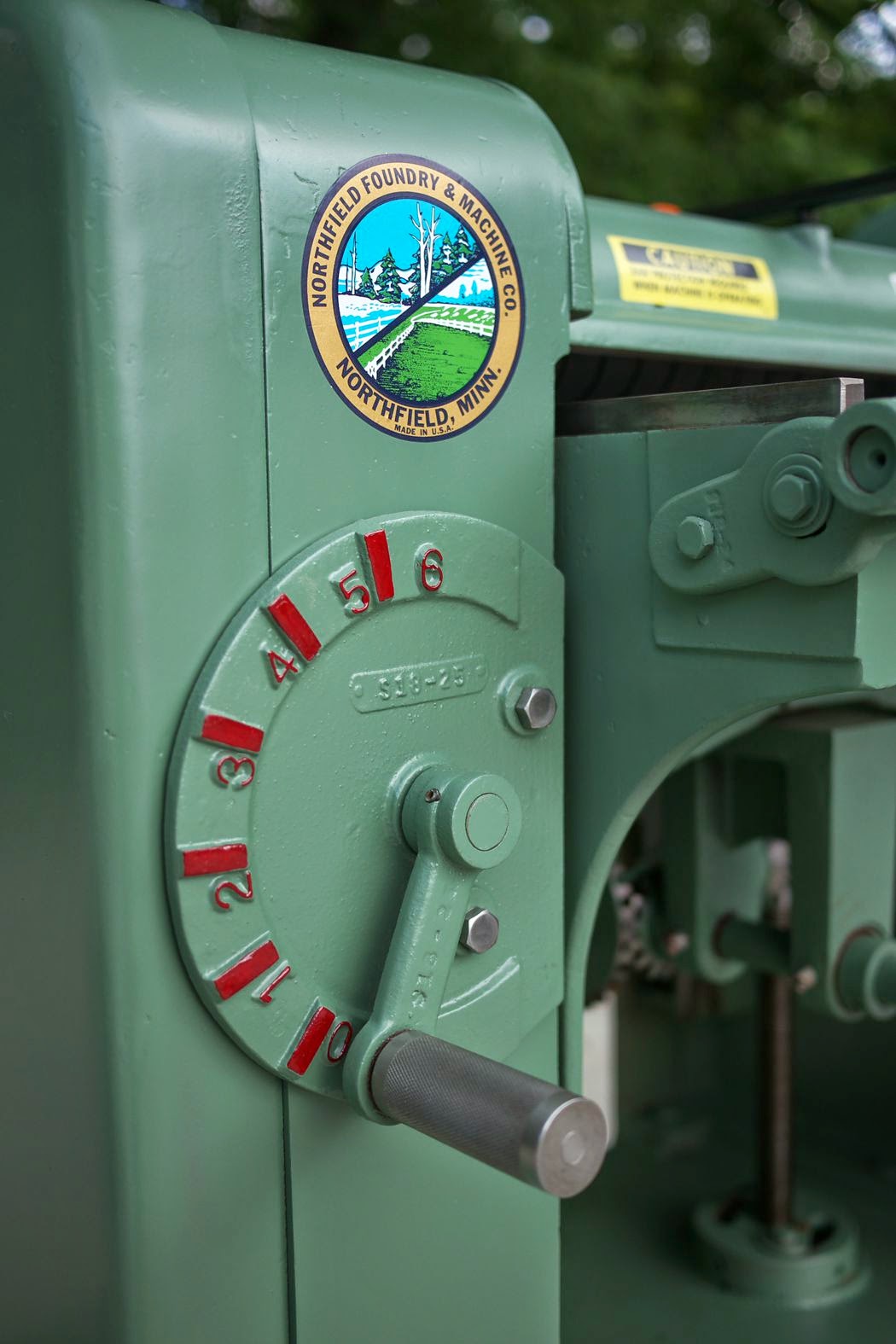


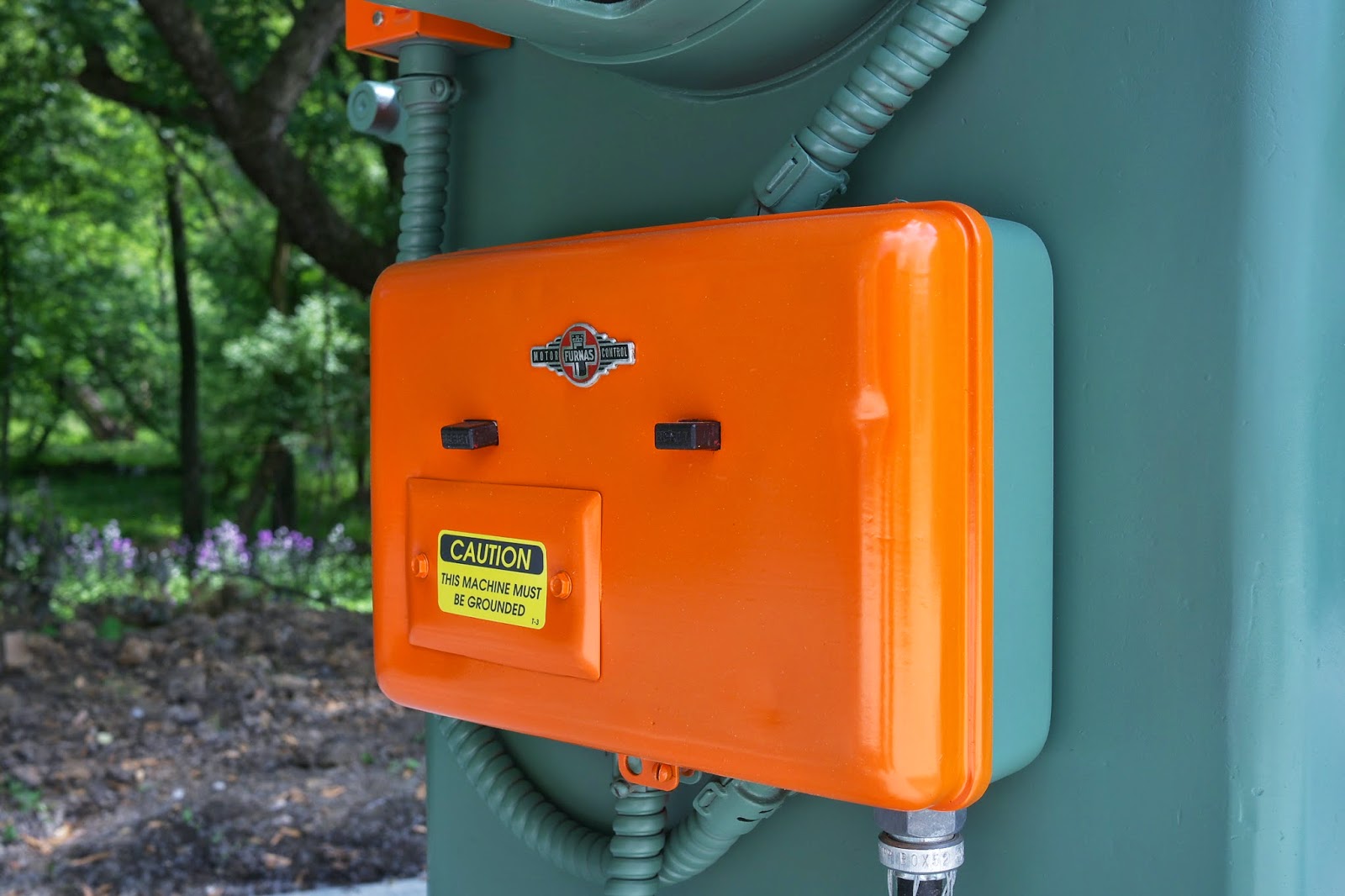



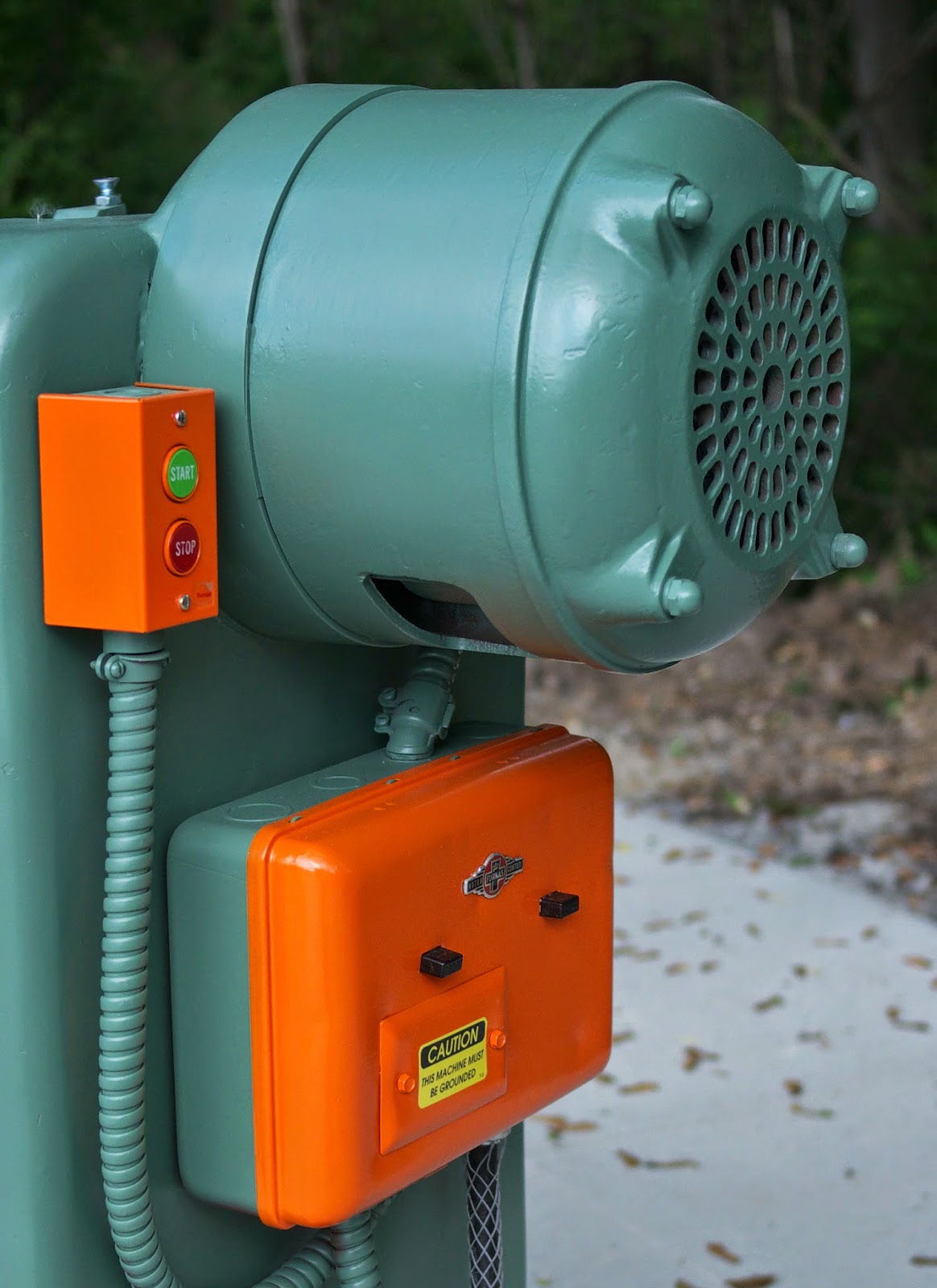






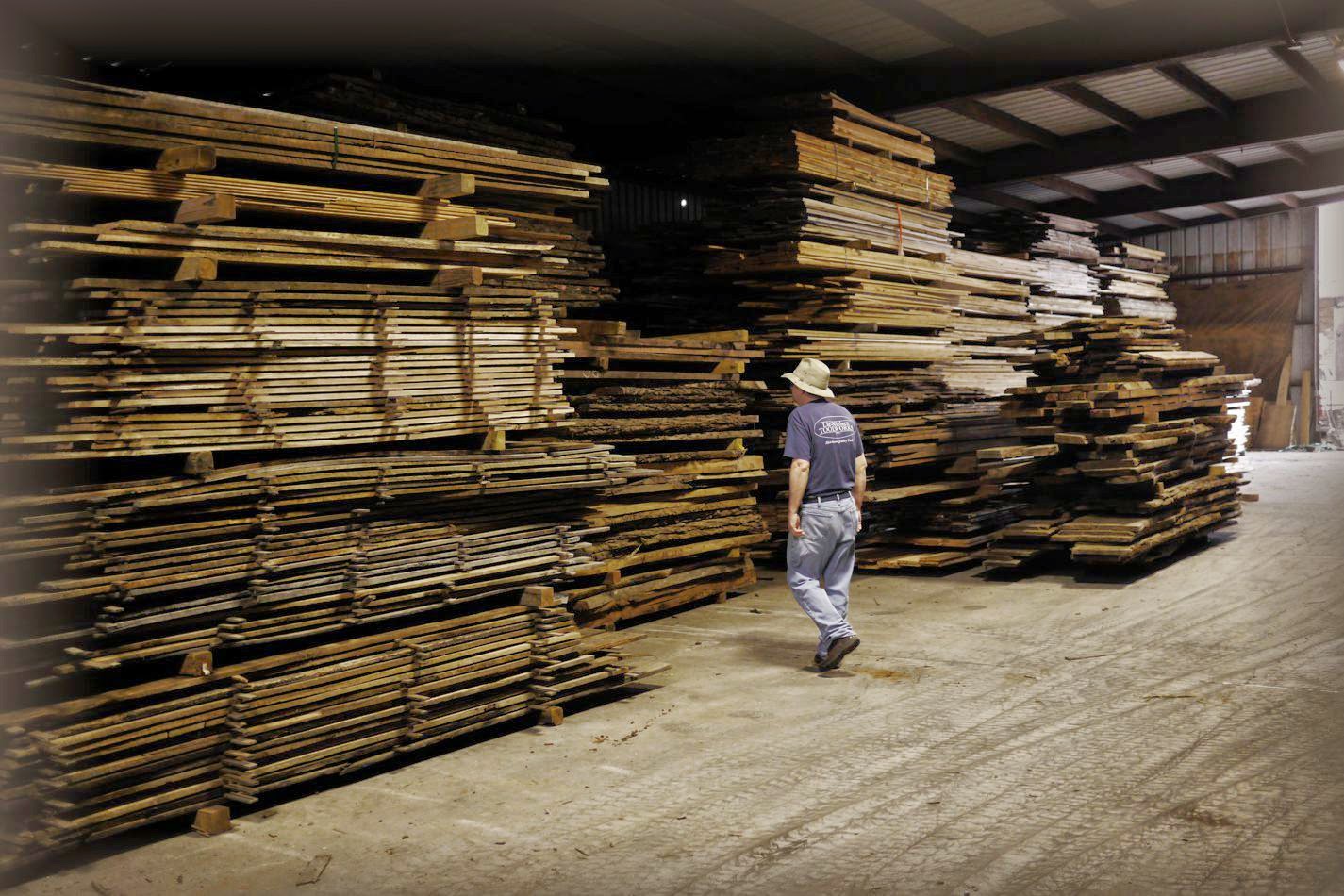.jpg)
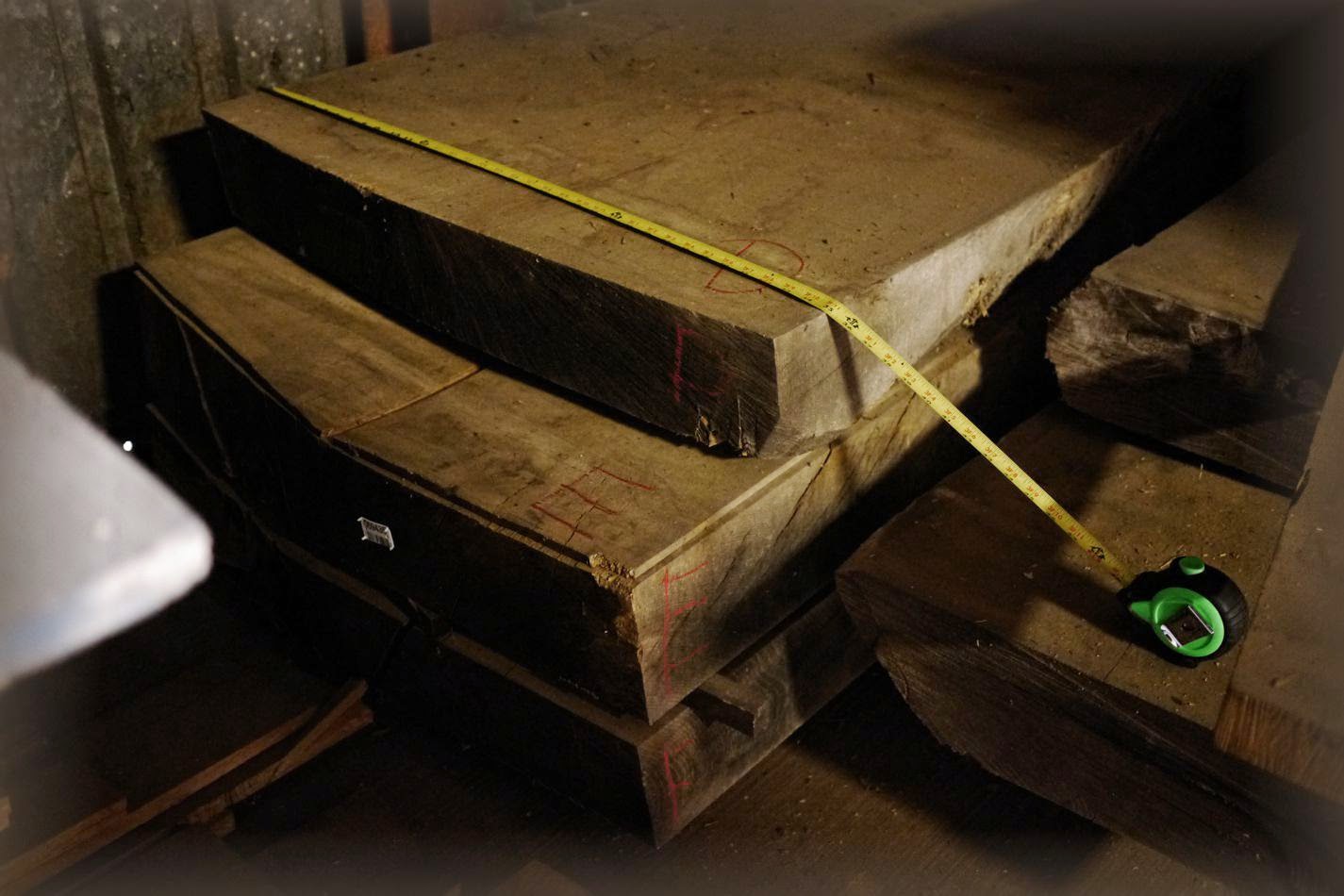.jpg)
.jpg)
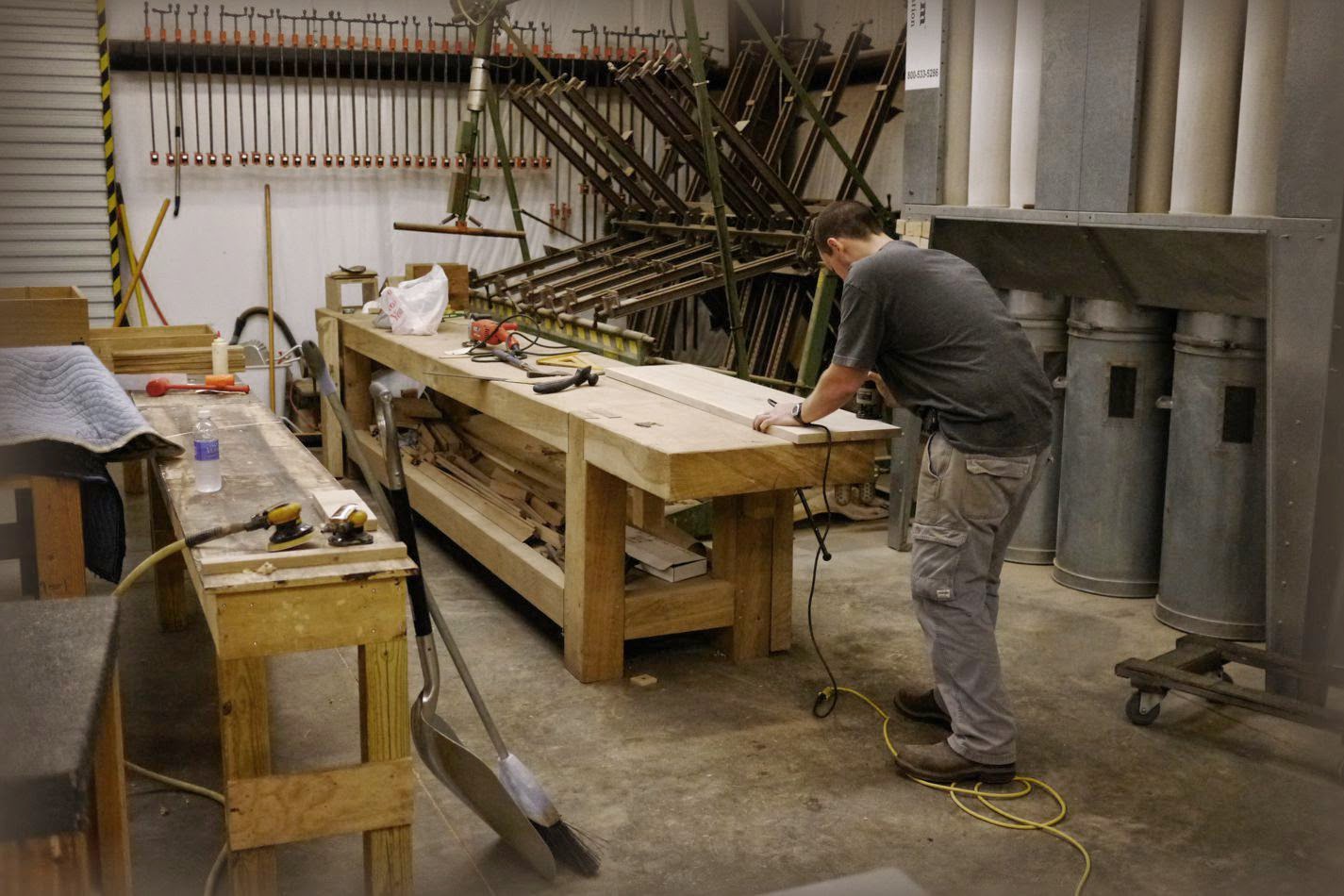.jpg)
.jpg)
.jpg)
.jpg)
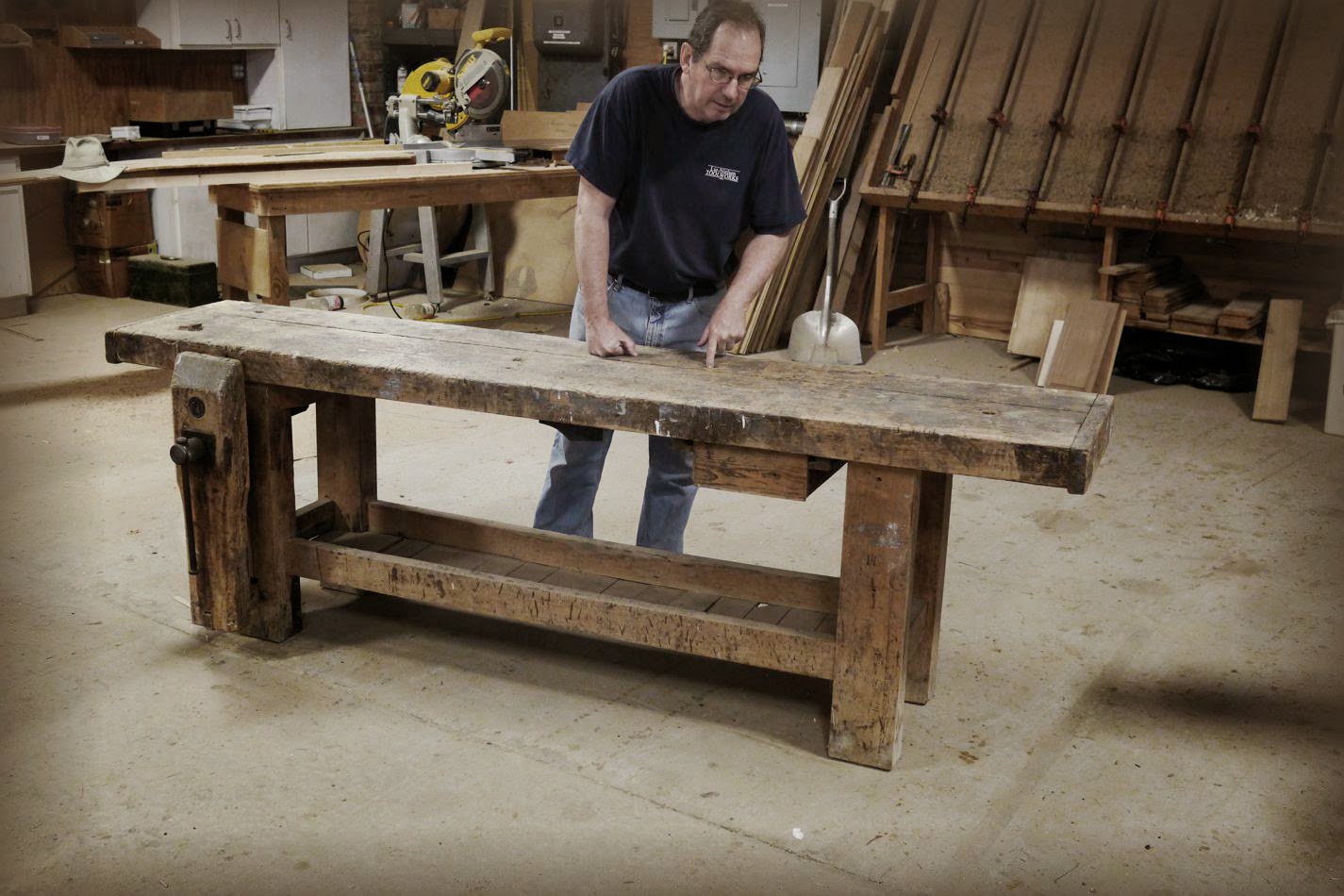.jpg)
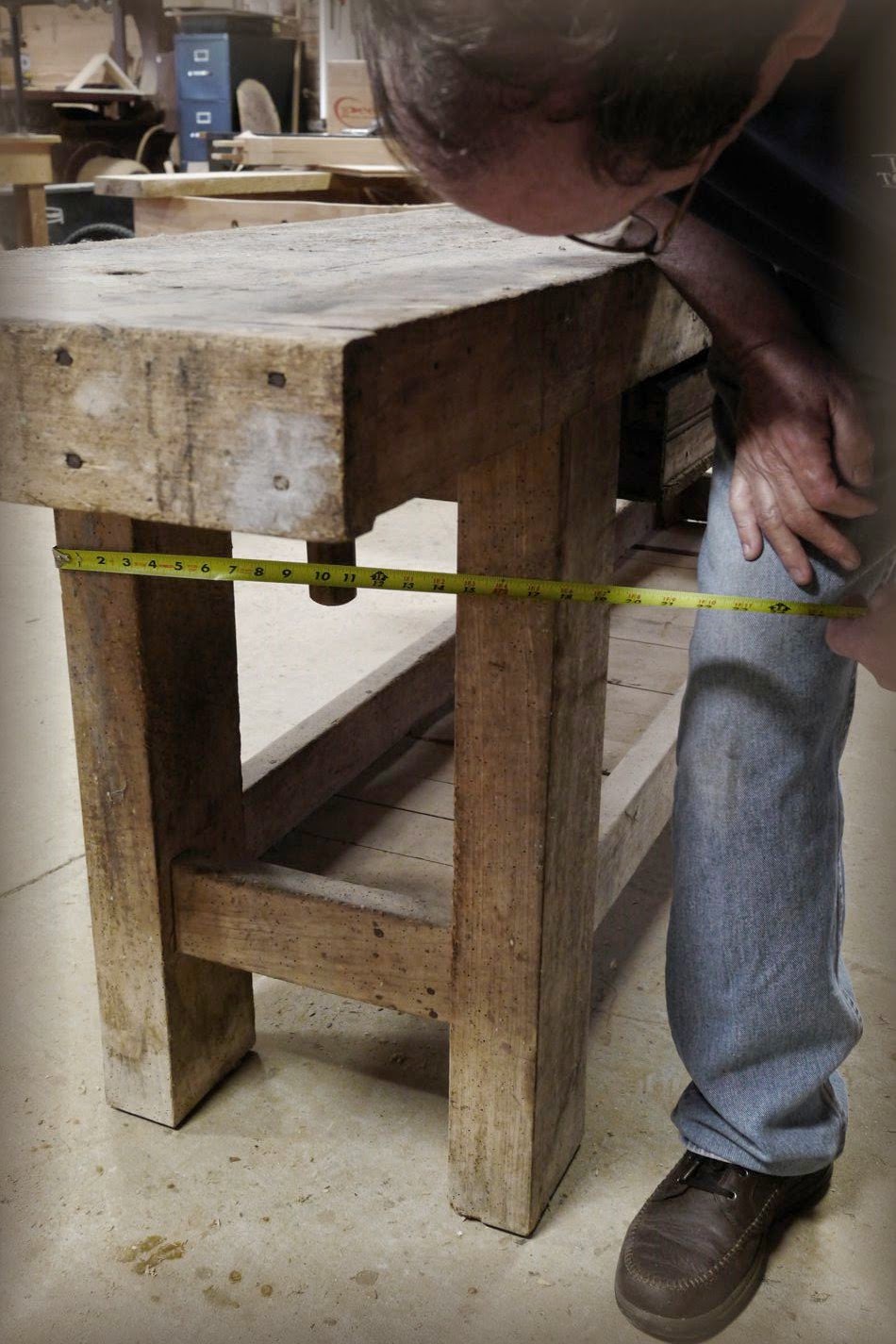.jpg)
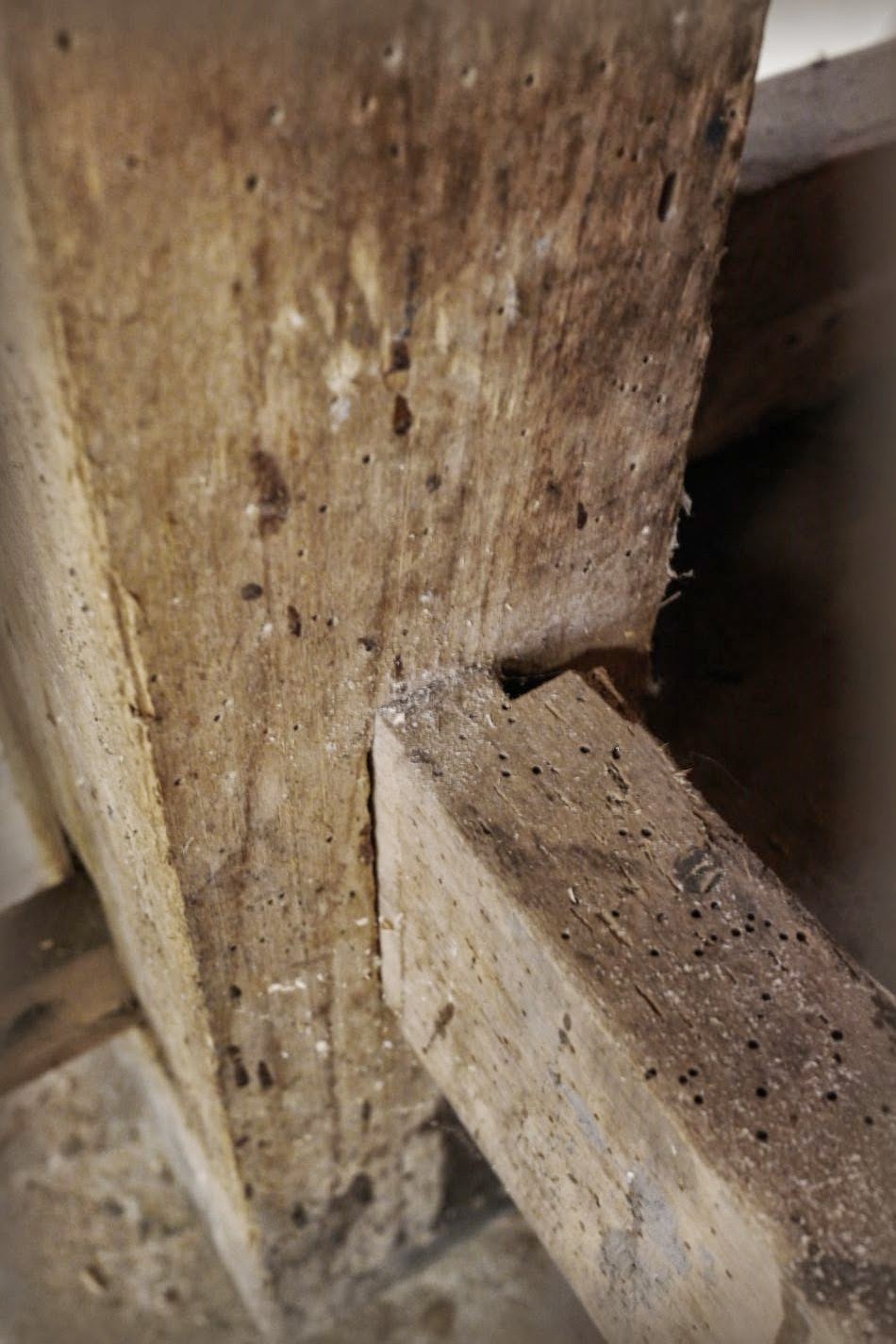.jpg)
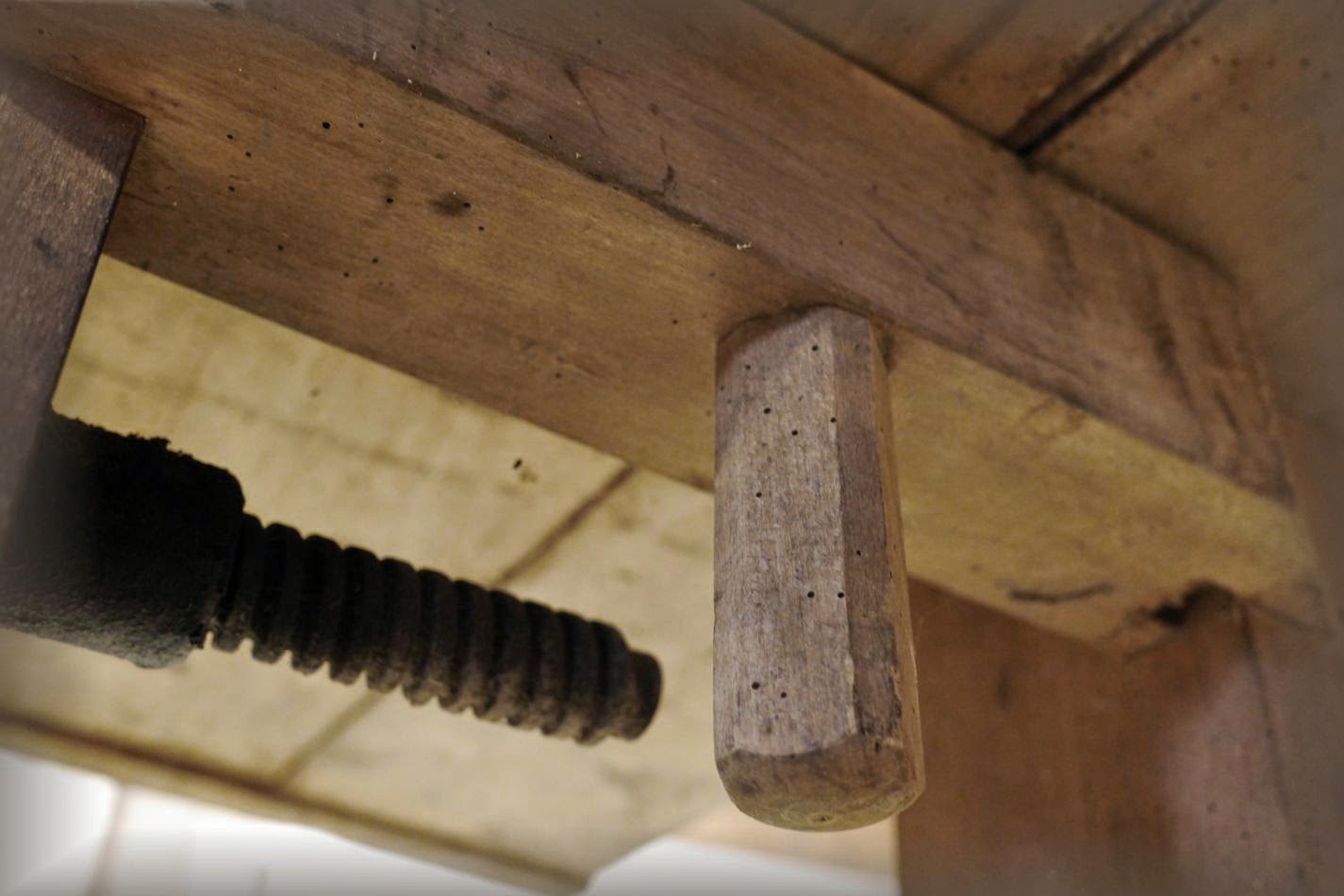.jpg)
.jpg)
.jpg)
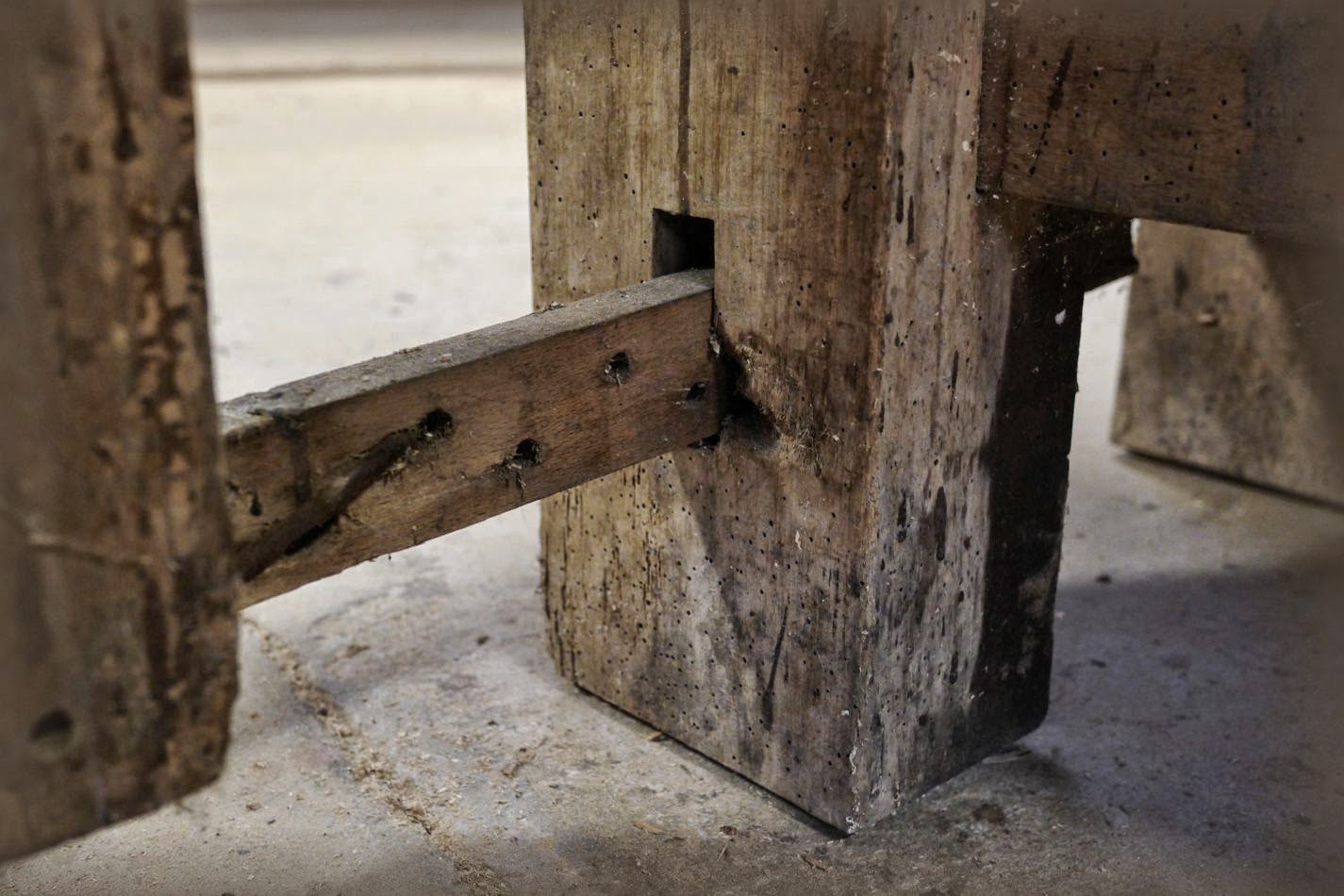.jpg)
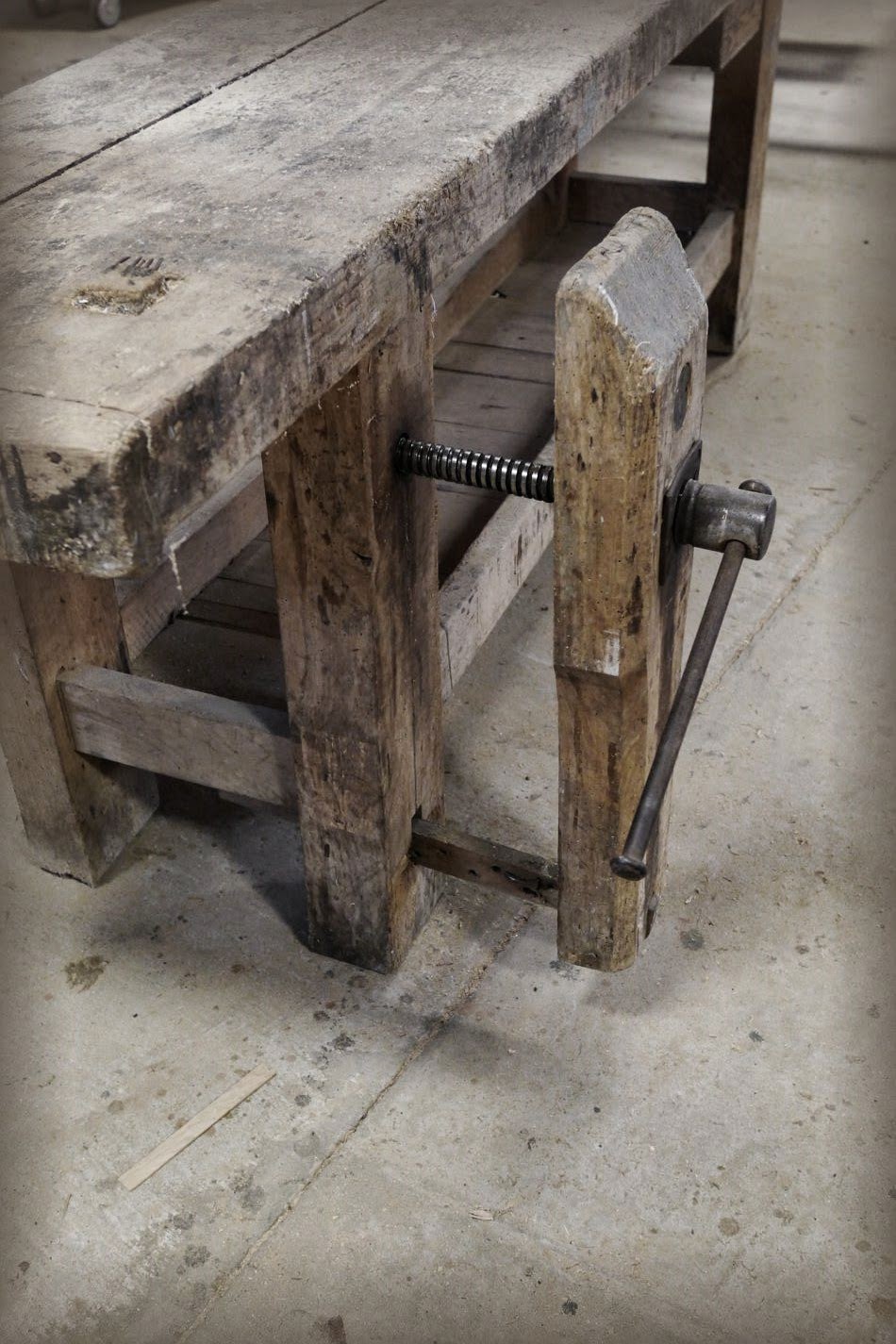.jpg)
.jpg)
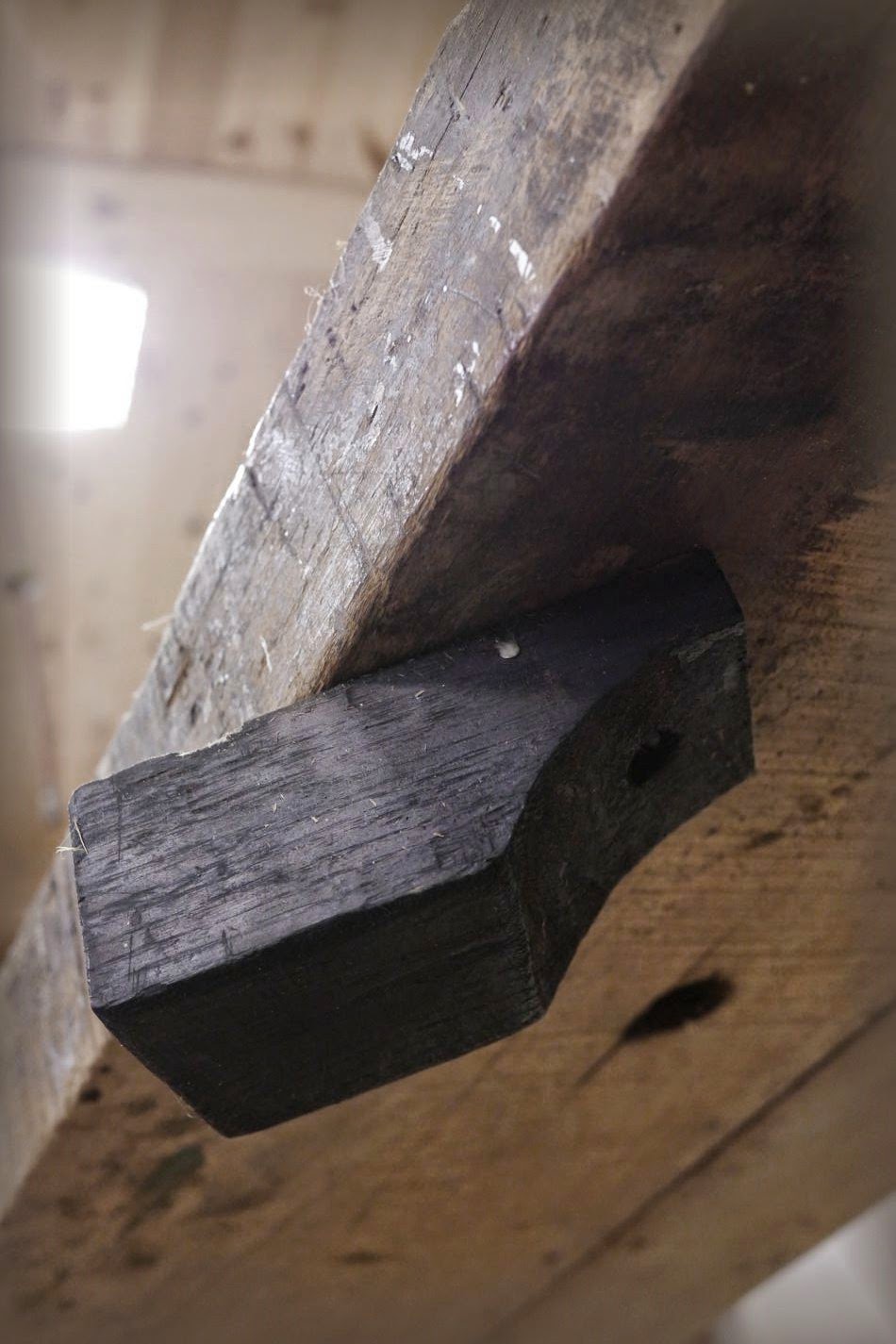.jpg)
.jpg)
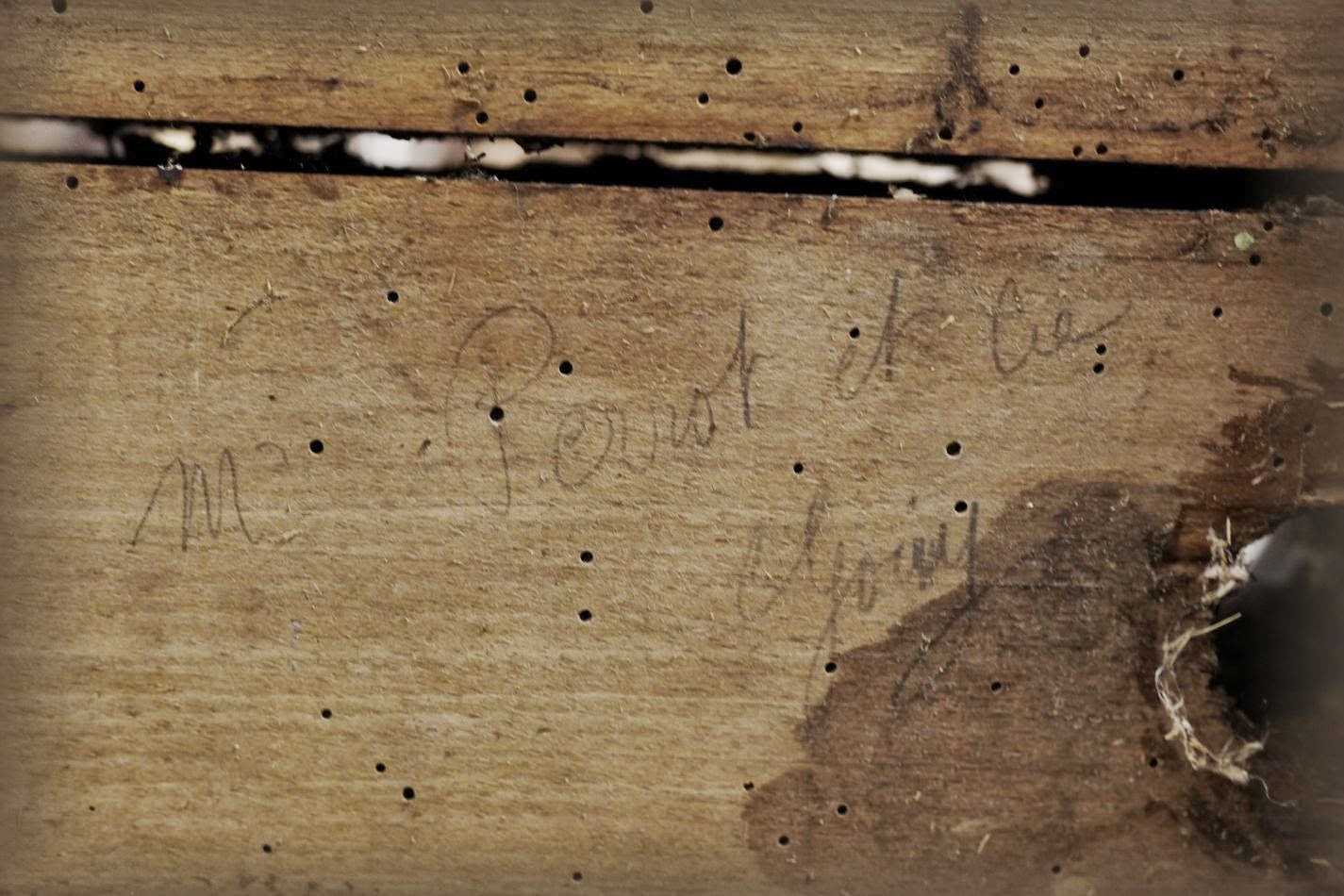.jpg)
.jpg)
 Made in the U.S.A.
Made in the U.S.A.